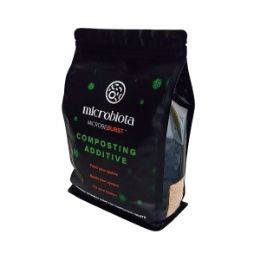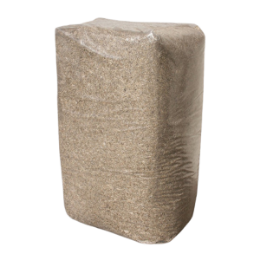
What do you think of when you think of a composting toilet? Perhaps you envision the ol' nasty-smelling long-drop or, perhaps, the concept is so foreign to you that you struggle to envision anything at all. If either of these is the case, then you're clearly in need of some composting toilets education, so here's a little 101.
Composting toilets are a hygienic and effective toileting solution which manages waste in an eco-friendly manner. They require no expensive infrastructure such as septic tanks, and are perfect for off-grid living, homes off the sewerage network, tiny homes, baches, boats and RVs. They require no water and no chemicals to treat waste, thus avoiding pollution and waste of precious H2O! They also produce a usable humus at the end of the composting process which can be used in the garden instead of fertilizers that wash into the ecosystem.
For the most part, a composting toilet looks a lot like the standard toilet we're all used to. The pedestal sits in your bathroom and looks, well, like a toilet. All the composting magic happens in the composting chamber within the pedestal/underneath the floor. You do your business into the toilet just like you would any other (and, yes, toilet paper is absolutely fine to go into the pile), but instead of hitting a flush button at the end, you simply put a handful of bulking agent inside (a carbon based additive, usually in the form of wood shavings/ hemp hurd/peat moss/coco peat). And no, composting toilets don't smell! In fact, they're odourless. The composting process in a composting toilet is aerobic, as opposed to an anaerobic process in a long-drop - this produces significantly less smell. In addition, a composting toilet is actively vented with a low-voltage fan, so any odour is sucked straight out!
So, how do composting toilets actually work?
As water-less systems, composting toilets don't rely on water to flush away waste. Instead, they promote the growth of naturally occurring compost microbes to break waste down - turning it into a safe, nutrient-rich compost. Once the composting process is complete, you are left with a soil-like substance that has an earthy smell.
Composting toilets are designed to create the right conditions in which a compost pile can thrive. To produce an active and healthy pile, the composting chamber ensures the right balance between various elements - moisture, temperature, oxygen, carbon and nitrogen:
- the chamber is aerated via a ventilation system, ensuring the presence of oxygen, and removing odours at the same time
- excess moisture is removed from the pile through drainage and/or evaporation systems
- regular addition of bulking agent regulates carbon and nitrogen levels
- regular addition of microbes ensures the pile is full of active bacteria
- ideal composting temperature is achieved through the use of the correct system for your geographic location
So, there you have it - waste in, toilet paper in, bulking agent in, microbes in. Let the compost do its thing, and once the chamber is full and the compost has matured into a humus, dispose of it by burial.
Need help choosing a system? Call WCTNZ® on 0800 022 027 for free advice on system specification and setup. Advanced design consultancy services are also available.
WCTNZ® | Waterless Composting Toilets NZ Limited | Copyright 2022 ©

















